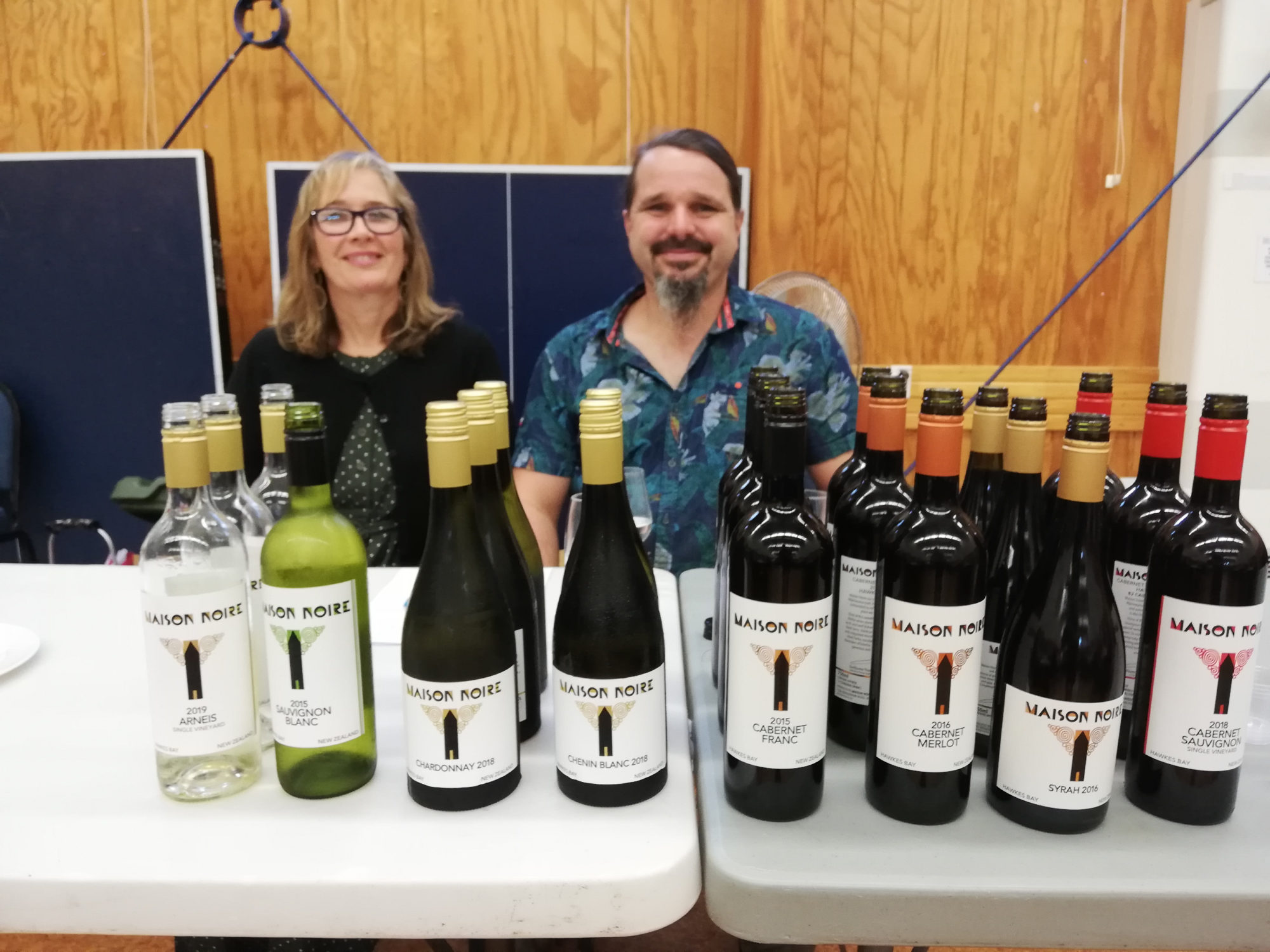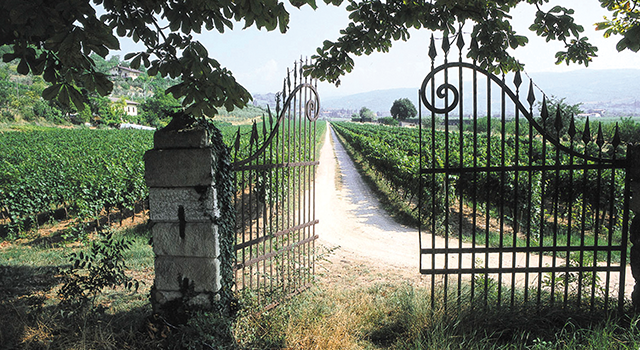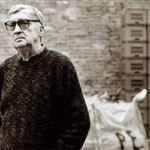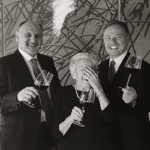 February 2025
February 2025
Wednesday 12th February, 8 pm start
Door Price: Members $16 / Guests $20
It’s not just a drink in a glass; it’s the whole story behind it—the people, culture and place.
This evening is a taste of Italy and Spain from Del Mundo Presented by Lucas Monge. Established in Wellington, New Zealand, Lucas Monge, Founder of ‘Del Mundo’, imports and distributes sought-after traditional wine varieties from producers who believe wine is not just a drink in a glass but the whole story behind it; people, culture and place, producers that have proven passion for wine craftsmanship, land and sustainability.
The proposed wines available to purchase from Lucas may include the following:
- 2023 Rose Laubespin – 100% Cabernet Sauvignon (Medoc, France)
- 2021 Guizzo ‘Padre Rinengato’ Spumante Brut Nature (Valdobbiadene, Italy)
- 2023 Donnafugata Sur Sur Grillo (Sicily, Italy)
- NV Gonzalo de Berceo white Tempranillo (Rioja, Spain)
- 2020 Contepassi Super Tuscan – Sangiovese, Cabernet, Merlot (Tuscany Italy)
- 2023 Poggio Apricale Super Tuscan – Sangiovese, Merlot, Colorino (Montalcino, Italy)
- 2017 ‘Voche’ Graciano Selección (Rioja, Spain)
Del Mundo is New Zealand’s official partner and home of Donnafugata, Fabiano, Manzanos, Siglo, Berceo, Voche, Montelvini, Guizzo, Martoccia di Brunelli Luca, Chateau Carmenere Richard – Barraud and Italian liquor, Meletti.
Though the wines are yet to be decided upon, we thought you may like to get to practise some of the terms that are involved in Italian and Spanish wines:
Imbottigliato (im-boh-tee-l’yah’-toe)
Italian for “bottled.” “Imbottigliato all’origine” is the term for estate bottled.
Sassicaia (sah-see-cah’-yah)
A Cabernet Sauvignon-based red wine from the coast of the Tuscany region in Italy. The wine is very consciously based on the wines of the Haut-Medoc in Bordeaux, France, and indeed even the grape cuttings originate from there. This wine forever changed the landscape of Italian wines. Even though it had no official classification, it was one of the most expensive and critically acclaimed wines of Italy. It was at the forefront of a class of wines that have been called “Super Tuscans” each based on Cabernet Sauvignon, even
though, at the time, Cab was not an allowed grape anywhere in the Tuscany region.
Because of the great popularity of these wines a new DOC designation was created in the region of Bolgheri for these wines, and a DOC Bolgheri Sassicaia was created for this wine alone.
Secco (seck’-o)
The Italian term for “dry” (meaning a wine without any residual sugar).
Soave (s’wah’-veh)
The best known Italian white wine, it comes from the Verona region in the northeastern portion of the country. Made from the Garganega grape, with the ubiquitous Trebbiano sometimes used in the blend.
Sherry (share-ee)
A fortified wine made in the Sherry district in southern Spain around the city of Jerez de la Frontera. The wine is made primarily from the grape Palomino. The grapes are brought into the winery and pressed. The first pressed juice (that of the highest quality) is reserved to make the “fino” styles.
Flor (flore)
A special type of yeast found on wine. In the Sherry district of Spain, the flor yeast help to make the finest Sherries. On other wines it is a pest and must be controlled. It is also the Spanish word for flower.
Macebo (mah-cah-beh’-oh)
The principal white wine grape of the Spanish Rioja region where it is known locally as Viura. Simple and crisp with a floral quality, this grape helped revolutionize the white wines of the Rijoa region by replacing the easily oxidized Malvasia grape.








